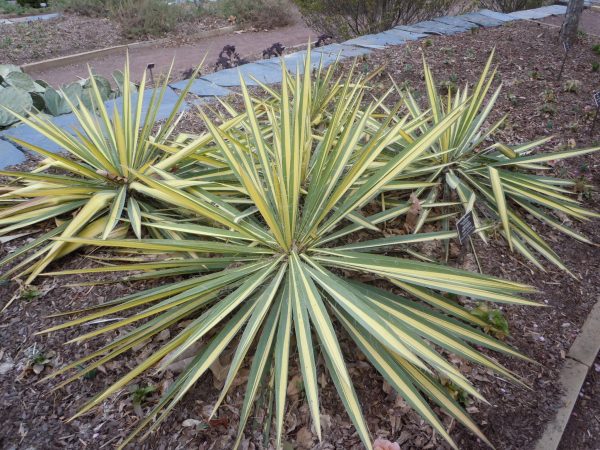Rutabaga

Brassica napus
Rutabagas, also known as “Swedes” or “Swedish turnips,” are a cool-weather, giant cross between the turnip and cabbage. The rutabaga is also related to collards, kohlrabi, and Brussels sprouts.
• More detailed information can be found in The Georgia Fruit & Vegetable Book by Walter Reeves and Felder Rushing
• See also:
In Ireland and England, “Jack o’Lantern” are often made from hollowed-out, carved rutabagas. Its yellow-fleshed root has a strong flavor, and even stronger odor when being cooked in soups or stews. Their leaves are best eaten when very young.
Slow-to-mature rutabagas, grown like beets, take over 90 days to mature, and can end up weighing up to four or five pounds. They are quite hardy, and will stand a freeze, but develop their best root in cooler weather). Gardeners usually grow them as a fall crop, direct-seeded in late July or early August. However, in the cooler and higher elevation parts of the South they can also be grown as a spring crop, with seeds sown directly in the garden in March along with turnips. Rapid growth results in the best-quality rutabagas, so water as necessary to keep the plants vigorous, and to keep the roots from getting too strong a flavor.
Harvest the roots when they are about 5 inches in size; if allowed to grow beyond maturity, they will be tough, woody, and poorly flavored. Late crops stored in the ground will become sweeter with the cold. Protect them with heavy straw mulch to prolong the harvest into the early part of the winter, but dig the remaining roots before they are exposed to a hard freeze. Although rutabagas store well in refrigeration, they may shrivel. You can protect them from shriveling by dipping them in warm paraffin wax or storing them in plastic bags.
Varieties to look for include ‘American Purple Top’, ‘Purple Top Yellow’, ‘Laurentian’, ‘Long Island Improved’, and ‘Sweet Russian.’

















